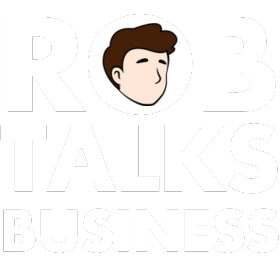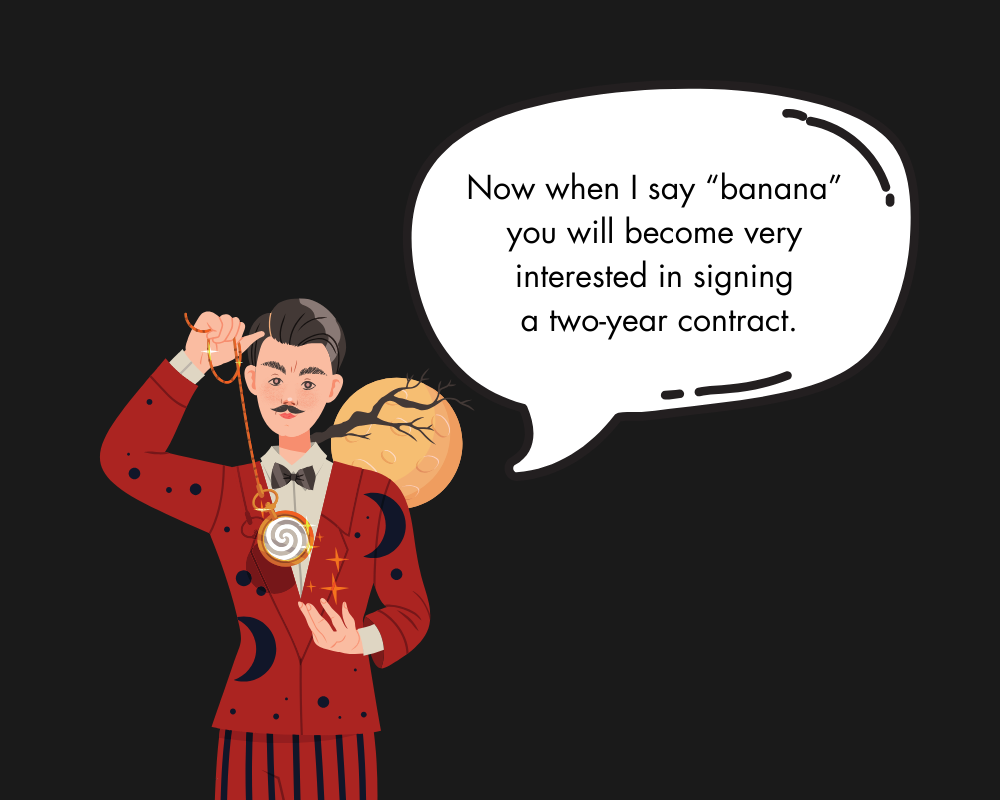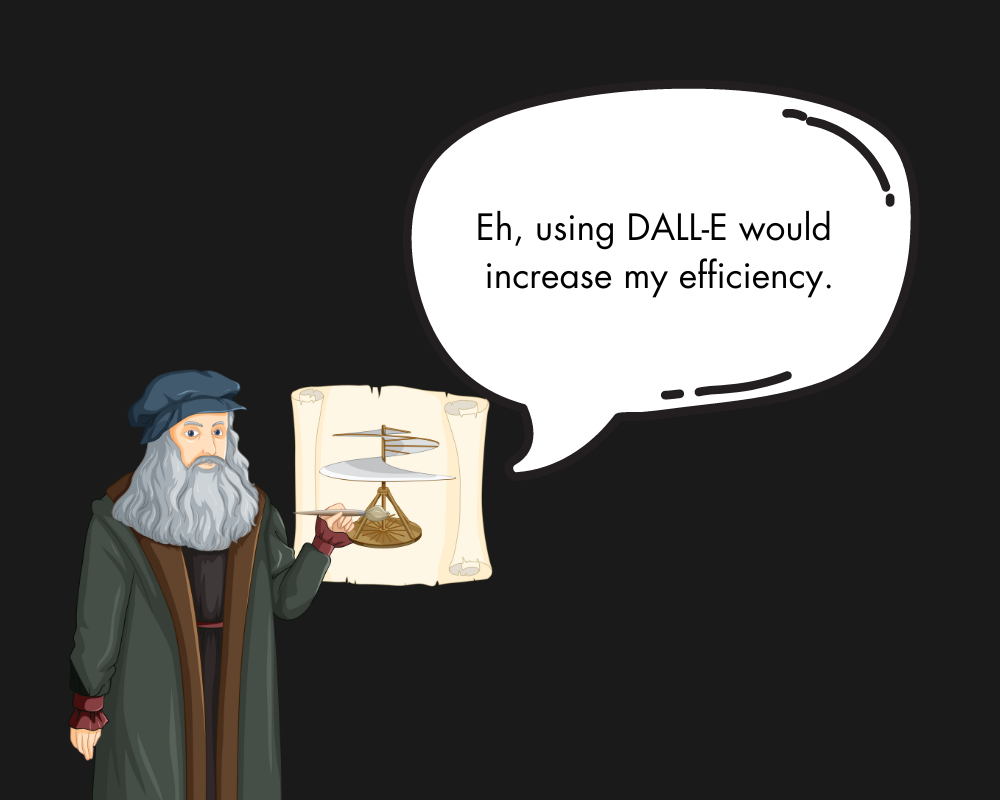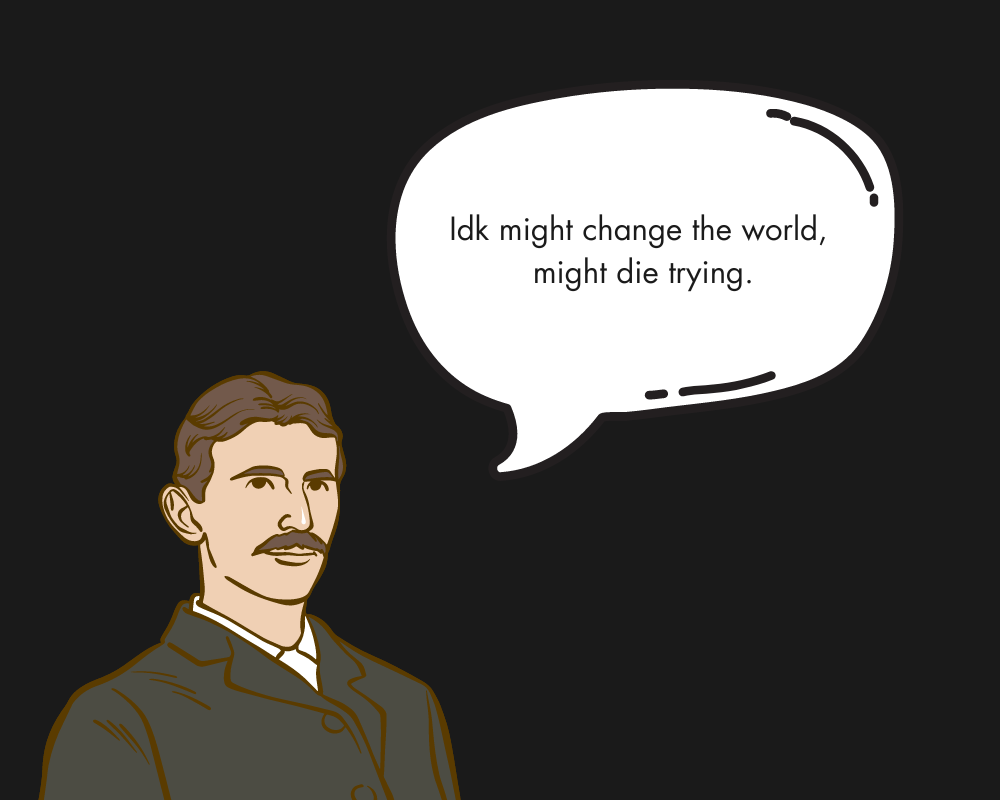"Nothing comes from the magnetizer; everything comes from the subject and takes place in his imagination." - Abbé Faria
The art of hypnosis, much like any form of influence, has a deep and storied history, stretching back to the ancient Egyptians and Greeks, who sought healing through hypnotic rituals.
They used “sleep temples,” where priests would guide the sick into a trance-like state, offering them therapeutic suggestions to cure their ailments.
These methods were revered in their time, with hypnosis seen as a profound, sacred practice.
In 1027, the Persian physician Avicenna provided one of the earliest medical accounts of hypnosis, documenting the trance state. But after centuries of obscurity, it wasn’t until the 18th century that hypnosis resurfaced, largely through the controversial figure of Franz Mesmer.
Mesmer believed in a force he called "animal magnetism," an invisible energy he claimed could influence the human body. Using magnets and elaborate rituals, Mesmer’s techniques often led to dramatic convulsions followed by a mysterious sense of relief - his patients became “mesmerized.”
Yet it was Abbé Faria, a Portuguese monk, who stripped Mesmer’s practice of its mystical trappings and uncovered the true source of its power: suggestion.
Faria discovered that hypnosis stemmed from the individual’s mind, not from external forces.
By mastering focus and concentration, people could enter a trance state, or “lucid sleep,” laying the groundwork for understanding hypnosis as a psychological, rather than mystical, phenomenon.
By the 19th century, Scottish surgeon James Braid coined the term "hypnosis," derived from the Greek word "hypnos" (sleep), though he later acknowledged it wasn’t sleep at all, but a state of heightened awareness and suggestibility.
Braid’s work brought hypnosis into the realm of science, laying the foundation for its modern study.
French neurologist Jean-Martin Charcot further legitimized hypnosis by using it to treat traumatic hysteria in the late 19th century.
This caught the attention of Josef Breuer and Sigmund Freud, who later wove hypnosis into their explorations of the unconscious mind, birthing psychoanalysis.
Hypnotic Sales Techniques, NLP & Belief
The principles of hypnosis have bled into the fabric of modern sales psychology. Neuro-Linguistic Programming (NLP), developed by Richard Bandler and John Grinder, incorporates hypnotic elements to influence and persuade.
At its core, NLP draws upon conversational hypnosis, focusing on how to:
- Capture attention,
- Direct focus,
- Increase suggestibility.
Sales, like hypnosis, depends on these same techniques.
You must first grasp the human mind’s inherent susceptibility to suggestion if you wish to wield true influence in selling.
If you believe deeply in your product and its benefits to your prospect, using these methods becomes an act of service. But beware - if you lack this belief, your attempts will come off as hollow, and your potential clients will sense the dissonance.
Here are nine hypnotic techniques that can enhance your sales effectiveness:
1. Practice on Yourself
Before you can influence others, you must first master your own mental state. Sales is stressful, and negative thoughts can creep in, sabotaging your efforts.
These thoughts are hypnotic in themselves, pulling you into a negative trance.
Learn self-hypnosis to counteract this, replacing negativity with affirmations and positive energy.
This small practice can transform your resilience and boost your performance.
Here’s my personal quick two-minute exercise:
- Focus on an object within your line of sight.
- Breathe deeply, relaxing your focus.
- Slowly acknowledge each part of your body, working upward from your feet.
- Visualize your eyelids growing heavier with each breath until they close.
- Repeat a simple mantra 10 times. For example, “I can do anything.”
2. Dare Them to Dream
The key to unlocking a sale often lies in your prospect’s deepest desires.
When someone visualizes their dreams, they slip into a hypnotic state. Guide them through this visualization, showing them how your product can bring their dreams to reality.
By connecting their emotions to your offering, you turn a mundane sales pitch into a powerful, almost irresistible suggestion.
3. Turn Features Into Pictures
Hypnosis thrives on imagery, and so should your sales pitch.
Paint vivid pictures with your words.
Rather than listing technical features, describe how your product will transform the prospect’s experience. Instead of “Our car is fuel-efficient,” say “Imagine driving for weeks without worrying about stopping for gas.”
Your goal is to make the benefits so tangible that they can see themselves already enjoying them.
4. Piggyback on the Past
Prospects often have a mental script for how they’ve made decisions in the past.
If you can connect your current offer to a previous, successful experience, you will activate that subconscious script.
Explore their past purchases and align your sales process with that familiar pattern, making it feel natural and inevitable for them to say yes.
5. Don’t Be Afraid to Repeat Yourself
Repetition is fundamental to hypnosis, reinforcing ideas until they stick.
Take a moment to think of the first television commercial that comes to your mind.
The likely reason this commercial came up is due to the power of repetition.
I will never forget the phone number for Empire Today Carpet and Flooring.
Choose two or three key points you want your prospect to remember, and weave them throughout your pitch in slightly varied forms.
This ensures that your message is retained, just as repetition in hypnosis deepens the trance.
6. Tell Stories Like Star Wars
Humans are wired to engage with stories.
The Hero’s Journey is a time-tested narrative that captivates the subconscious.
Some of the most famous stories - Hercules, Star Wars, The Hunger Games, Harry Potter, etc. - all follow the same general template:
- A character (the hero)…
- Has a problem…
- And meets a guide who has faced this problem before…
- Who gives them a plan…
- And calls them to action…
- That ends in a vivid picture of success if they follow the plan…
- And helps them avoid failure. If they don’t follow the plan, something else will happen…
Frame your sales pitch as a story where your prospect is the hero facing a challenge, and you are the guide with a solution. The story structure will naturally draw them in, making your message memorable and persuasive.
7. Try Harder, Become a Poet
Language is power.
Craft your scripts with care, elevating your language to something poetic.
Some of the most famous examples of masterful hypnotic language that have stood the test of time:
- “To be or not to be…”
- “Four score and seven years ago…”
- “Ask not what your country can do for you…”
Memorable phrases stick in your prospect’s mind long after the meeting.
In B2B sales, by the time you get on your first call with your prospect, they are 70% of the way through their decision process. How can you live in their mind for the remaining 30%?
Strive to make your pitch unforgettable, not by relying on clichés but by using words that resonate on a deeper, emotional level.
8. Mirror Your Prospect
Pacing and mirroring are essential hypnotic techniques.
People naturally trust those who reflect their own behaviors and speech patterns.
By subtly mirroring your prospect’s tone, pace, and body language, you create an unconscious bond, making them more receptive to your message.
9. Wake Up, Deliver With Variation
Monotony is the death of influence.
In hypnosis, varying tone and inflection keeps the subject engaged.
The same holds true for sales.
Deliver your pitch with dynamic emphasis, varying your tone to highlight important points and keep your prospect’s attention.
A flat delivery will not engage them; a passionate, varied delivery will captivate and persuade.
Conclusion: Hypnotic Mastery in Sales
The history of hypnosis reveals one clear truth: suggestion is power.
Whether in ancient temples, 18th-century salons, or the modern marketplace, those who master the art of suggestion hold immense influence over others.
By incorporating these hypnotic techniques into your sales strategy, you not only capture attention but also deepen engagement and increase the likelihood of closing the deal.
Just as the masters of hypnosis throughout history used their craft to heal and guide, so too can you use these techniques to guide your prospects toward decisions that benefit them - and ultimately, benefit you.






